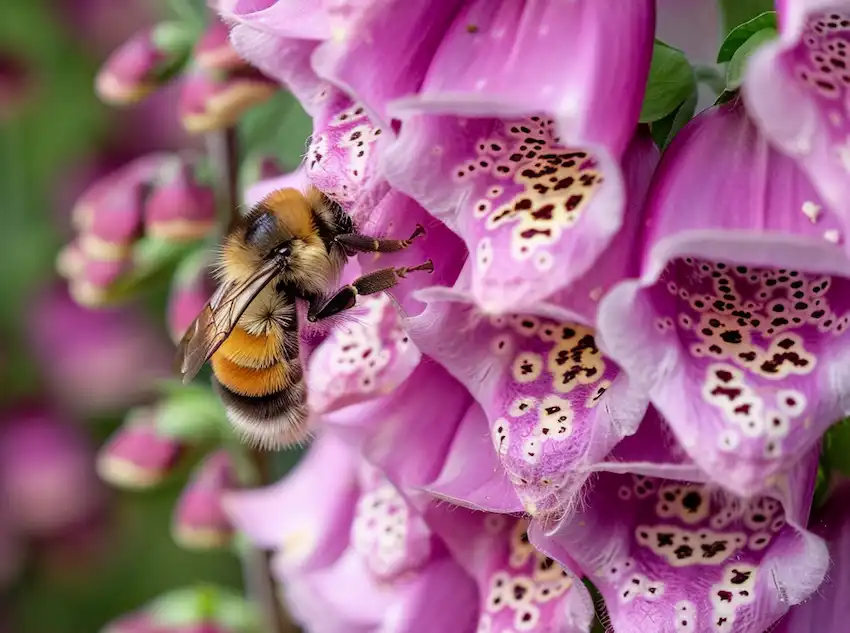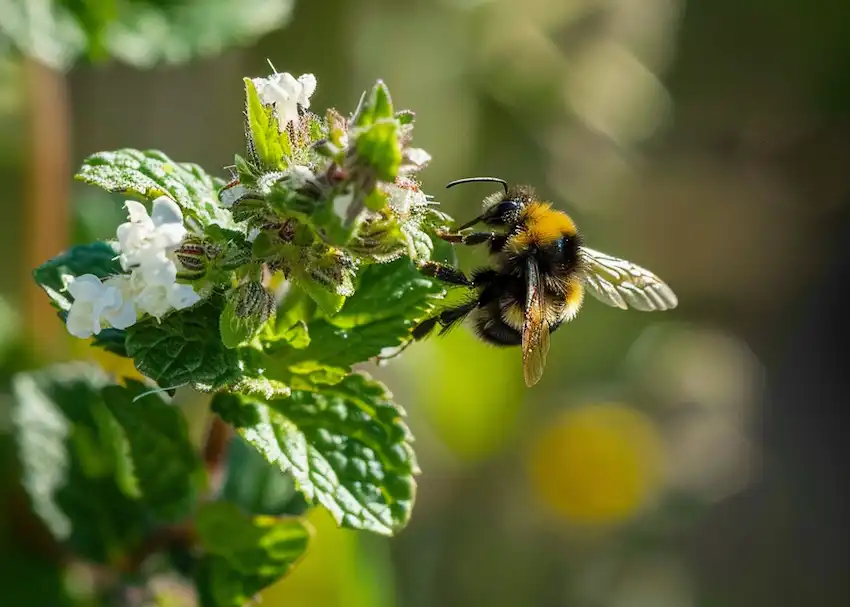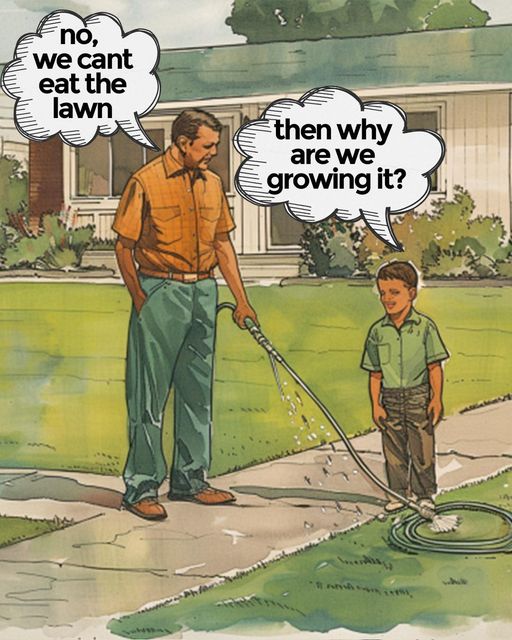Hold onto your gardening gloves, folks! If you ever thought about making your garden a buzzing paradise (yes, pun totally intended), look no further. This guide is your ticket to becoming the savior of our tiny, winged friends—the bees. Bees are essential pollinators, critical for the survival of our food crops. Yet, they face an alarming decline due to pesticides, diseases, and loss of habitat. Fear not! Here’s your playbook for planting bee-friendly plants that will not only save bees but also turn your garden into a vibrant, blooming sanctuary.

Why You Should Care About Bee-Friendly Plants
Imagine a garden full of delightful blooms with bees darting from flower to flower, collecting nectar and pollen. Sounds idyllic? More than just a charming scenery, a garden like this is a lifeline for bees. By planting bee-friendly flora, you’re not just pampering these tiny pollinators; you’re boosting your garden’s biodiversity and robustness. It’s like giving your garden a VIP membership to the health club!
The All-Star Lineup of Bee-Friendly Plants
Here comes the star-studded cast that your garden desperately needs. Think of these plants as the superheroes in your garden. Suit up and get ready to plant!
Lavender (Lavandula)
This is not just a plant; it’s a scented invitation for bees. With its aromatic fragrance and vibrant purple blooms, Lavender is the superstar that promises to keep your garden buzzing.
Sunflowers (Helianthus)
Bigger, bolder, and sun-soaking! These giants aren’t just beautiful; their faces are loaded with pollen, making them an irresistible buffet for bees.
Borage (Borago officinalis)
Known for its blue star-shaped flowers, Borage is like the blue jeans of the plant world—simple, yet classic. It’s an annual favorite among bees.
Foxglove (Digitalis)

Tall, impressive, and a floral skyscraper for our buzzing buddies. These tubular blossoms are a bee’s tunnel of love.
Rosemary (Rosmarinus officinalis)
Here’s a win-win: Your kitchen gets fresh rosemary, and bees get their nectar fix. Aromatic and evergreen, it’s a year-round delight.
Coneflower (Echinacea)
With its daisy-like petals and cone-shaped centers, this plant turns your garden into a bee carnival. Just wait for the party to start!
Mint (Mentha)

Not just for mojitos! Mint’s small flowers pack a punch of nectar and are a bee favorite. Word of caution—once planted, it’s like the guest who never leaves. It spreads fast!
Pro Tips for Creating the Perfect Bee Sanctuary
Alright, green thumbs, let’s delve into some critical tips to make your garden the ultimate bee retreat:
Diversity is Key
Always opt for a variety of plants to ensure a constant supply of nectar and pollen throughout the seasons. A diverse garden is a happy garden.
No Pesticides, Please
If you want your garden to be a bee haven, then pesticides should be your biggest no-no. Opt for organic methods to keep pests at bay.
Plan for All Seasons
Strategize your garden layout so that something is always in bloom. Bees need food year-round!
Water Stations
Bees need water too! Set up shallow water baths with pebbles for them to land on.
There you have it! By following these steps and growing these plants, you can play an invaluable part in supporting bee populations and, by extension, the health of our ecosystem. A bee-friendly garden not only will make your space beautiful but also productive and lively. Ready to make the change? Now go out there and plant like you mean it! And don’t forget – a garden without bees is like a cake without frosting. Just plain sad.






